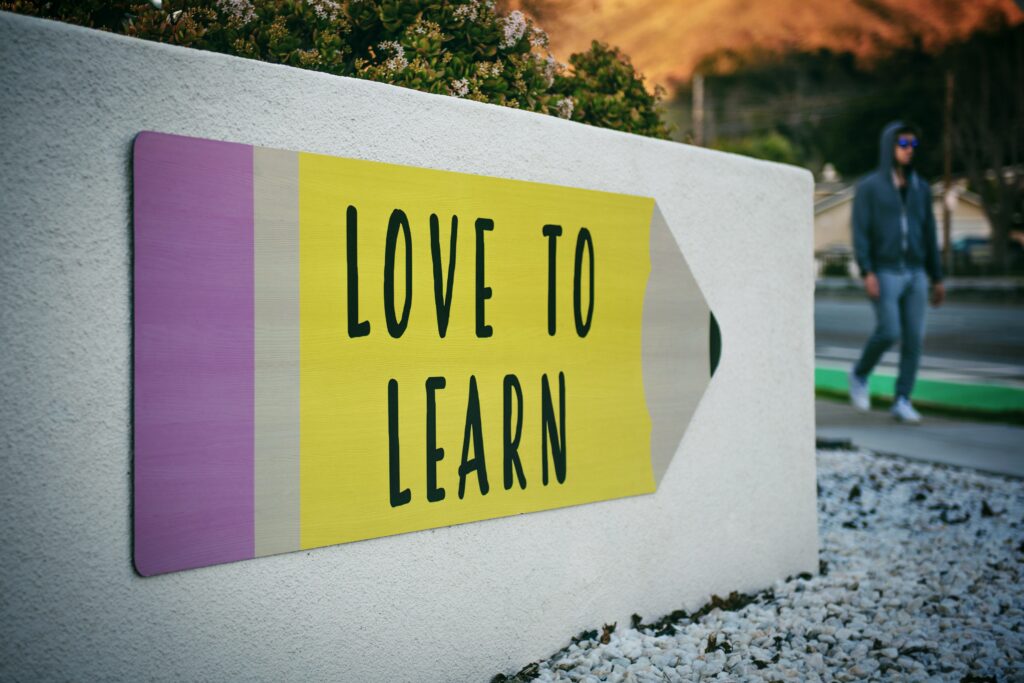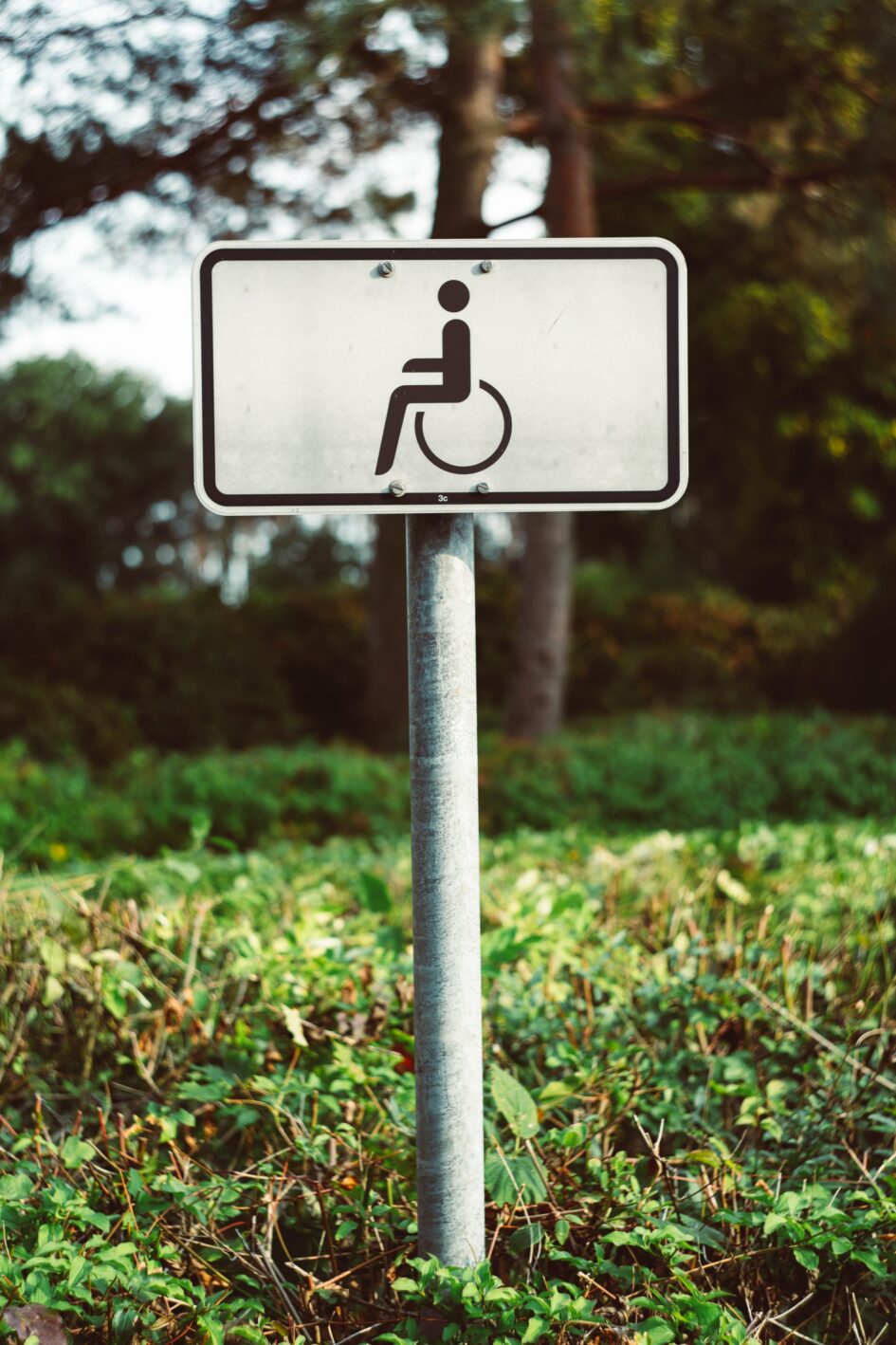In the past, especially working in classrooms, I have come to know and recognize that accessibility is a huge part of student learning and success. We cannot expect students to succeed if we don’t provide them with the proper environment they need to do so. That being said I think this week was the first time, I’ve really considered and learned about digital accessibility. Prior to this discussion, I don’t think I understood what digital accessibility really meant or how it applies to a website or electronic document. Having now been taught about digital accessibility, I find myself somewhat surprised that this concept has popped up thus far in any other education courses. Given the wide variety of abilities and needs of students, I think it is something that teachers should know about and be able to properly utilize.
Digital Accessibility, What is it?
I was surprised to learn that photos can be made accessible for those who cannot see them. I’m privileged enough to be able to see photos so I’ve never considered how they could be made available to those who can’t. I was really happy to learn that such accessibility does exist and how to do it! I think, for the foreseeable future, I will be creating accessible photos on my blog so everyone has a chance to enjoy them! Included below is a photo I made accessible!
Accessible Photos

Digital Accessibility Practices Aren’t Well Known
I think one of the many reasons digital accessibility practices aren’t more well-known is because of ableism. Ableism refers to the discrimination and prejudice against those with disabilities based on beliefs that typical abilities or able-bodied individuals are superior. The fact is, the world we live in was built around able-bodied individuals those with disabilities weren’t considered so the world we live in is ableist in nature. We as a world have deeply rooted beliefs that those with disabilities require “fixing” which is quite awful in my opinion. Unfortunately, because of these beliefs and the nature of ableism, I think few people consider how to make everyday things more accessible for those that need it. People with disabilities deserve equal access to the world and to have their needs met in ways that work for them.

Leave a Reply
You must be logged in to post a comment.